SPECIAL REPORT • COP26
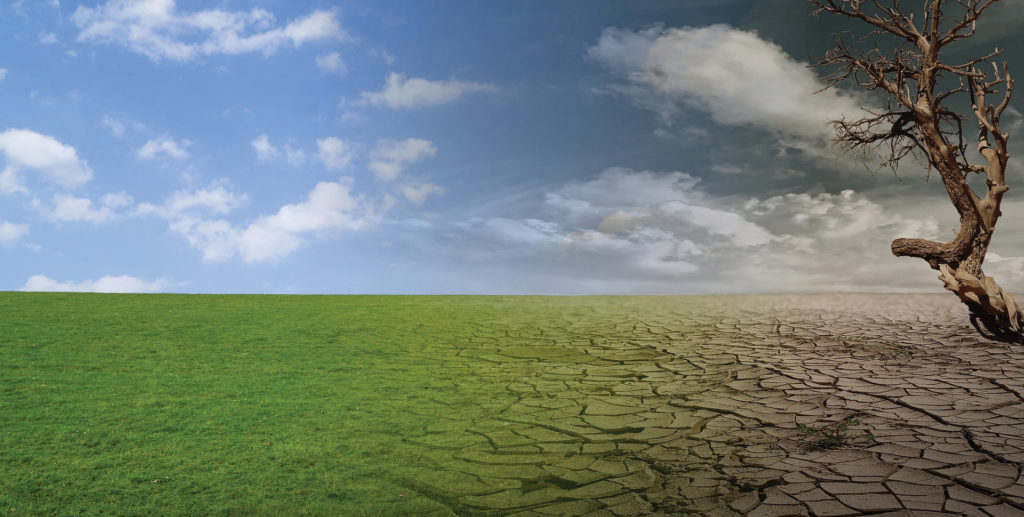
Source: Tumisu/ pixabay
THE CONFERENCE OF THE PARTIES (COP26) AND THE PERILS OF CLIMATE CHANGE
BY
FR SEAN MCDONAGH, SOCIETY OF ST COLUMBAN (SCC)*
| ECO-THEOLOGIAN AND WRITER, COUNTY MEATH, IRELAND
SUMMARY BY FR RAFAEL ARMADA
IN DECEMBER 2015 the COP21 on climate change (CC) took place in Paris. In a legally binding international treaty, 109 countries present there agreed to keep the average global warming of the Earth to 2ºC or preferably 1.5ºC, above preindustrial levels. In order to achieve this goal, countries had to cut emissions of greenhouse gas (GHG) globally by 50% by 2030 and to be carbon dioxide neutral by 2050.The Paris Agreement set in motion a five-year cycle of increasingly ambitious climate actions. All signatories agreed to reduce, by 2020, their GHG emissions and report their Nationally Determined Contributions (NDCs) annually.
Though climate changes are inevitable and irreversible, there is much that humans can do to stop global warming from intensifying.
The Paris Agreement also provided a framework for financial, technical and capacity support for developing nations to help them reach their targets of reducing GHG emissions and deal with the adverse changes that CC is bringing. In the past years, investment has been focused on reducing CO2 in the areas of transport and renewable energy. This has created jobs in the wind and solar energy sectors. Many countries, regions, cities and companies have established carbon neutral goals.
However, a lot more needs to be done since not dealing with global warming will be much more costly than doing it. As of mid-2021, the average global temperature was 1.1ºC, above pre-industrial levels. Many rich countries still find it difficult, if not impossible, to meet their GHG emission targets and to help economically poorer countries cope with CC.
Intergovernmental Panel on Climate Change (IPCC) Report
On 9 August 2021, the Sixth IPCC Assessment was published. The findings of more than 200 scientists, based on 14 000 studies, gave the clearest and most comprehensive account of the science on CC. Dr Tamsin Edwards, one of its main authors, pointed out that climate science improved significantly since the previous 2013 IPCC report. In that account, human influence on CC was stated as “clear” whereas in the last report it is affirmed as “unequivocal.”
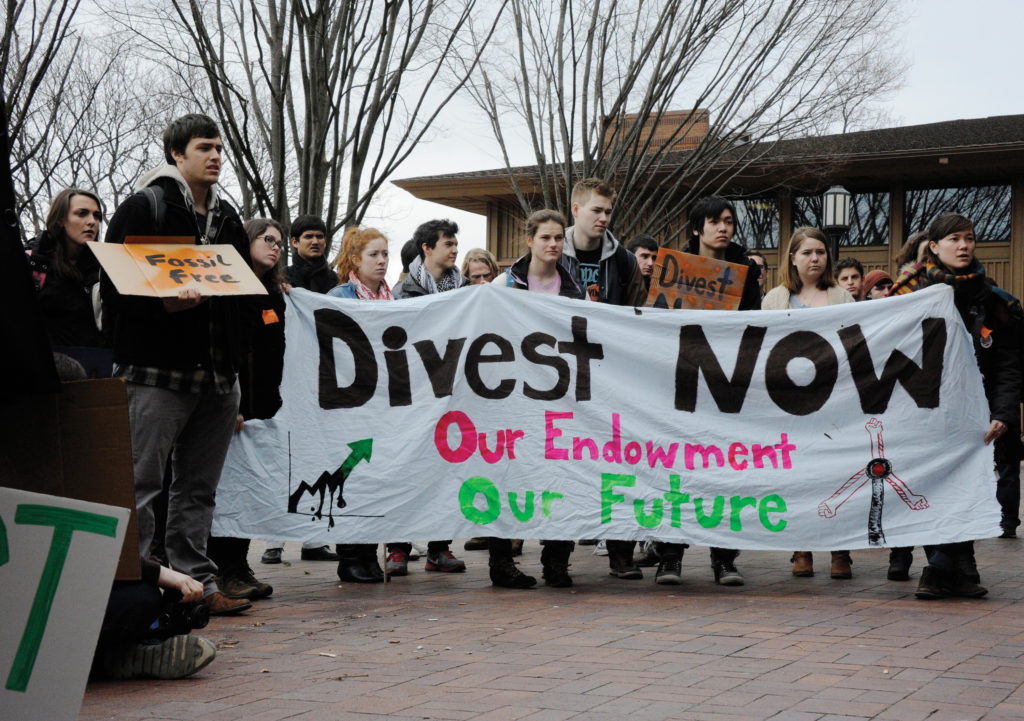
As Cormac McQuinn refers, Antonino Guterres, the Secretary General of the United Nations, stated that the 2021 IPCC Report is a ‘code red for humanity’. The evidence of CC is irrefutable. GHG emissions from both burning fossil fuels, deforestation and agriculture are choking our planet and putting millions of lives of humans and other creatures at risk. He alerted that more than 30 million people were displaced by climate change in 2020.
Since the beginning of the industrial revolution, the level of CO2 in the atmosphere has increased from 280 parts million to over 416 parts per million today. Humans, especially those in rich and industrialised countries, are burning fossil fuels profusely, such as coal, oil and gas to heat their homes, power their industrial and transport sectors and increase agricultural production considerably.
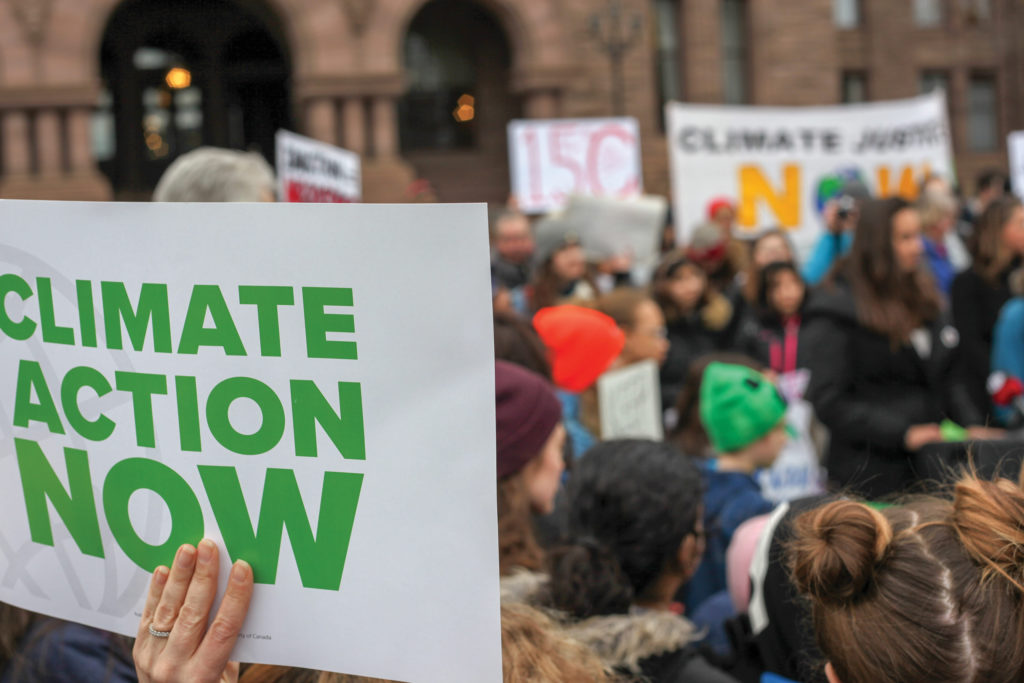
While the IPCC report is certain that major climate changes are inevitable and irreversible, there is much that humans can do to stop global warming from intensifying them in the coming decades. Truth and honesty are absolutely necessary requirements to find a just solution to CC (Ed.). For instance, oil companies are claiming that they are promoting renewable energy, while, at the same time they are lobbying for favourable treatment and for weakening environmental legislation, as Christ McGreal pointed out.
Leading economies
The reality is that every country needs to transition from fossil fuel to renewable energy as quickly as possible. China, which has the largest carbon footprint in the world, has pledged not to build coal-fired plants in other countries and to reach net zero carbon emissions by 2060. At present, its factories and industries are experiencing a serious shortage of electricity and Chinese political leaders are encouraging their industries—with tax incentives for coal-fired power plants—to mine and burn coal, despite their commitments to lower their CO2 emissions because of CC, as Keith Bradsher, explains. Regulators have encouraged Chinese banks to lend money to the coal sector of the economy even when they breach GHG levels which were introduced in response to CC concerns. In October 2021, the Chinese premier, Li Keqiang emphasized the importance of a regular supply of electricity after various areas in China have been plunged into darkness, as explained in, Blow to COP26 as China pushes coal and gas plan, by Rob Davies. In the context of the CC debate, Beijing’s renewed embrace of coal is causing alarm. Moreover, the absence of President Xi Jinping at the COP26, has not been a good sign, being China the world’s absolute CO2 emitter.
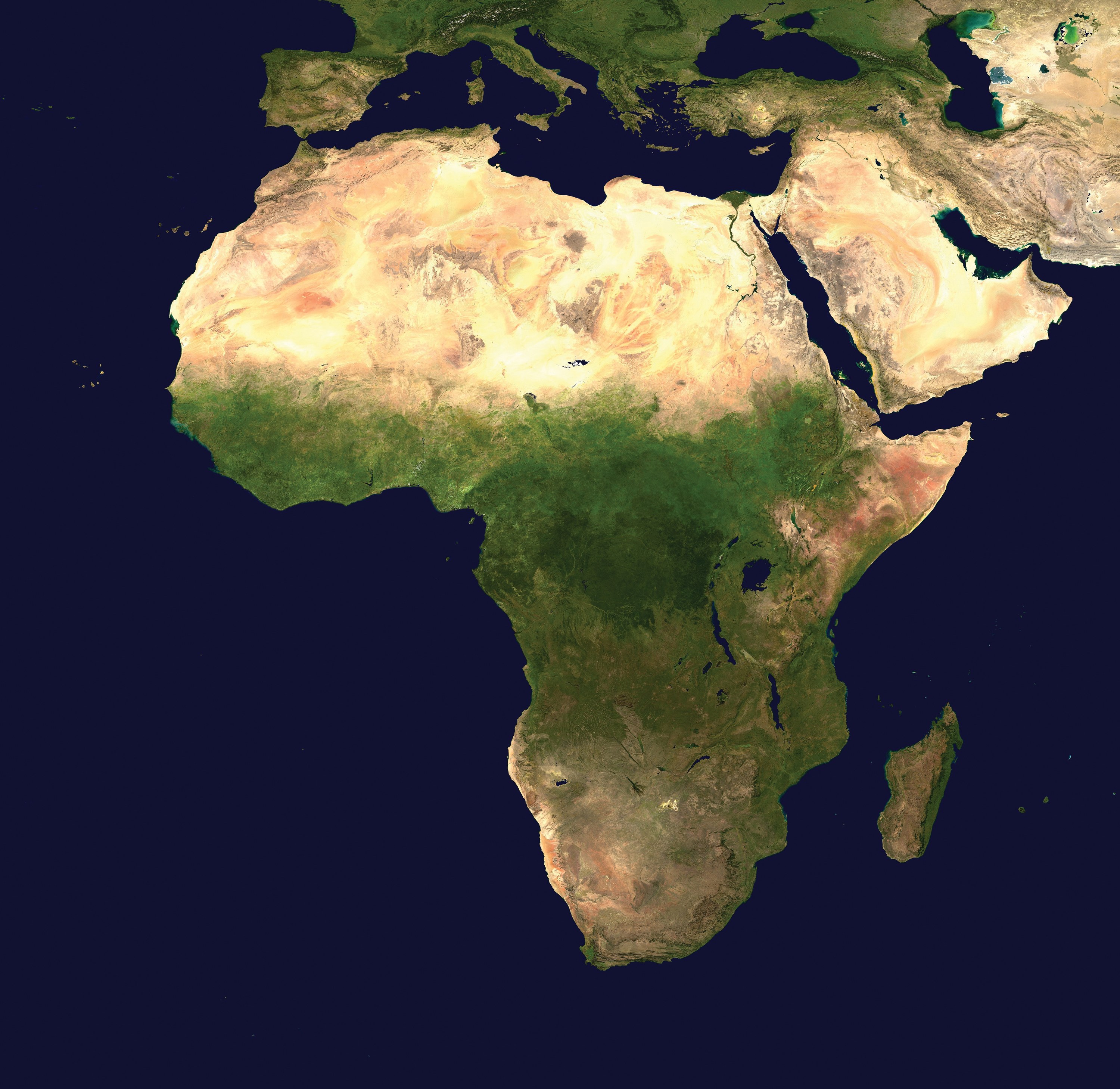
Act (DMCA)/ pxfuel.com.
Xie Zhenhua, China’s envoy on CC pointed out that China has agreed to strengthen its commitment to promoting renewable energy in the country in the next 10 years and to scale back on the use of coal. China and India have not agreed to include the sentence ‘phase out coal’, in the COP26 final document, but only to ‘phase it down’ (Ed.).
60% of the planet’s oil and natural gas reserves and 90% of its coal should remain in the ground by 2050 to limit global warming to 1.5ºC
The United States, the largest per capita carbon footprint in the world, at 16 tons per person, experienced severe weather in many areas of the country in 2021. June was the hottest month ever recorded in some areas of the country and in the West drought set a 122-year record. Farmers, ranchers and indigenous people all suffered extensively from the drought with little end in sight. The wildfires in California were the worst ever, destroying vast areas of forest and many properties.
In response to these events, President Joe Biden has vowed to increase the United States ability to respond to extreme weather by lowering carbon emissions significantly and to replace most of the US’s gas and coal-fired power plants with wind, solar and nuclear power over the next decade.
South Africa and the Global South (Ed.)
In an effort to maintain warming below 1.5°C and to set out its ambitions ahead of COP26, South Africa updated its Nationally Determined Contributions (NDCs), reducing its carbon emission targets to align them with the goals of the Paris Agreement. The country’s revised emission targets range between 350 to 420 metric tonnes of CO2 equivalent, and it brought forward its net-zero goals from 2050 to 2030. While the country’s ambitious targets set it ahead of the curve, South Africa still lags behind in transitioning from coal to cleaner renewable energy.
The country has touted non-renewable resources such as gas and nuclear energy as a solution to its energy needs, which are about 80% reliant on coal. Just before the commencing of COP26,South Africa has been offered a loan of R131 billion by Western countries to make her transition to green energy but, it is still necessary to see if this amount of credit meets the interests of the country. South Africa has not shown a clear position in the matter. Apart from the objections of the Minerals and Energy Minister, Gwede Mantashe, to abandon coal investments, the country has not signed a pledge to phase out coal during COP26. Ursula von der Leyen, president of the European Union (EU), referring to the loan for greening the country declared: “The idea is that the countries support South Africa to phase out coal faster, and to go earlier and faster into developing renewables—a Just Transition Partnership, in unison with the US, UK, Germany, EU and France, that could become a template on how to support just transitions around the globe” as Onke Ngcuka, COP26 Daily Maverick commentator recalls.

Credit: Australian Institute of Marine Science/ ipsnews.net.
According to Ayakha Melithafa, a 19-year-old Capetonian Environmental activist and member of the Presidential Climate Commission of South African, interviewed telephonically by Worldwide, “COP26 has been very frustrating and disappointing. No clear facts from the Global North to save the planet have been achieved, only promises, just a continuation of the language of COP24 and COP25, without firm commitments,” explains the activist. “The Global North looks only to their own interests. They have even pushed their pledge—which was done in 2009—to 2023, of contributing $100 billion to assist developing countries to make the transition to green energy, starting in 2020,” says Ayakha. However, outside the formal meetings, the world youth have united their voices asking for more commitment by the wealthy nations—contrary to the image of division the Media have tried to portray. “Only in the discussions, the Global North has tried to marginalise and exclude the South, but not in the protests outside. There we have been united”, says the young South African. “We have to be more united, empowering each country in the South of the World and create partnership with the North,” concludes Ayakha.
Christian Churches and CC
Many Churches from the World Council of Churches (WCC) became increasingly focused on environmental concerns sincetheir Assembly in Vancouver, celebrated in 1983. They adopted a process focused on “Justice, Peace and Integrity of Creation” (JPIC), working together on these inter-related themes and initiating education and advocacy activities.
WCC has given courageous leadership on CC and other ecological issues through its teaching in Sign of peril, test of Faith; accelerated climate change, published in 1994. It presented theological and ethical reflections on CC and made it very clear that dealing with CC would require profound changes in every aspect of human life—transport, accommodation, industry and agriculture.

Source: Takver/commons.wikimedia.
In Solidarity with victims of climate change, published in 2002, the WCC argued that the ecological, economic and political aspects of CC ought to be assessed from a justice perspective, especially in the light of the growing gap between the rich and poor globally.
In the Catholic Church, the message for the 1990 WORLD DAY OF PEACE (WDP): Peace with God the Creator, peace with all creation”, by Pope St John Paul II, was one of the first places where CC was discussed.
“The greenhouse effect has now reached crisis proportions as a consequence of industrial growth, massive urban concentrations and vastly increased energy needs.” (WDP 5)
South Africa still lags behind in transitioning from coal to cleaner renewable energy
On 11 May 2011, the Pontifical Academy of the Sciences published the document Fate of mountain glaciers in the Anthropocene. It was a huge breakthrough in the Vatican’s approach to CC. It stated that the warming of the Earth was a fact beyond doubt. The working party which produced the report included glaciologists, climatologists, scientists, meteorologists, hydrologists, physicists, chemists, mountaineers and lawyers. It affirmed that “Human-caused changes in the composition of the air and its quality result in more than two million premature deaths worldwide every year and threatens water and food security—especially among the three billion poorest people.” It stressed that bold action was needed immediately. “We appeal to all nations to develop and implement, without delay, effective and fair policies to reduce the causes and impact of CC on communities and ecosystems including mountain glaciers and their watersheds, aware that we all live in the same home.” Everyone on the planet has some responsibility to deal with CC, but those who caused the problem in the first place, particularly people in the developed world must act first and help developing countries to cope with CC.
Laudato Si’
Until the COP21 in Paris, the Catholic Church played a very minimal role in the various annual COPs. That year, in 2015, Pope Francis published the encyclical Laudato Si’ (LS)—On care for our common home, and now, CC is seen by the Catholic Church as one of the greatest challenges to both humans and the planet.
It states clearly: “there is a very solid scientific consensus indicating that presently, we are witnessing a disturbing warming of the climate system” (LS 23). In the same paragraph, Pope Francis affirms that human beings need to change their lifestyle as well as their production and consumption patterns in order to combat CC. He points out that the poor who did little to cause CC will be most affected by it. “Many of the poor live in areas particularly affected by phenomena related to warming and their means of subsistence are largely dependent on natural reserves and ecosystem services such as agriculture, fishing and forestry. They have no other financial activities or resources which can enable them to adapt to CC or to face natural disasters and their access to social services and protection is very limited.” (LS 25).
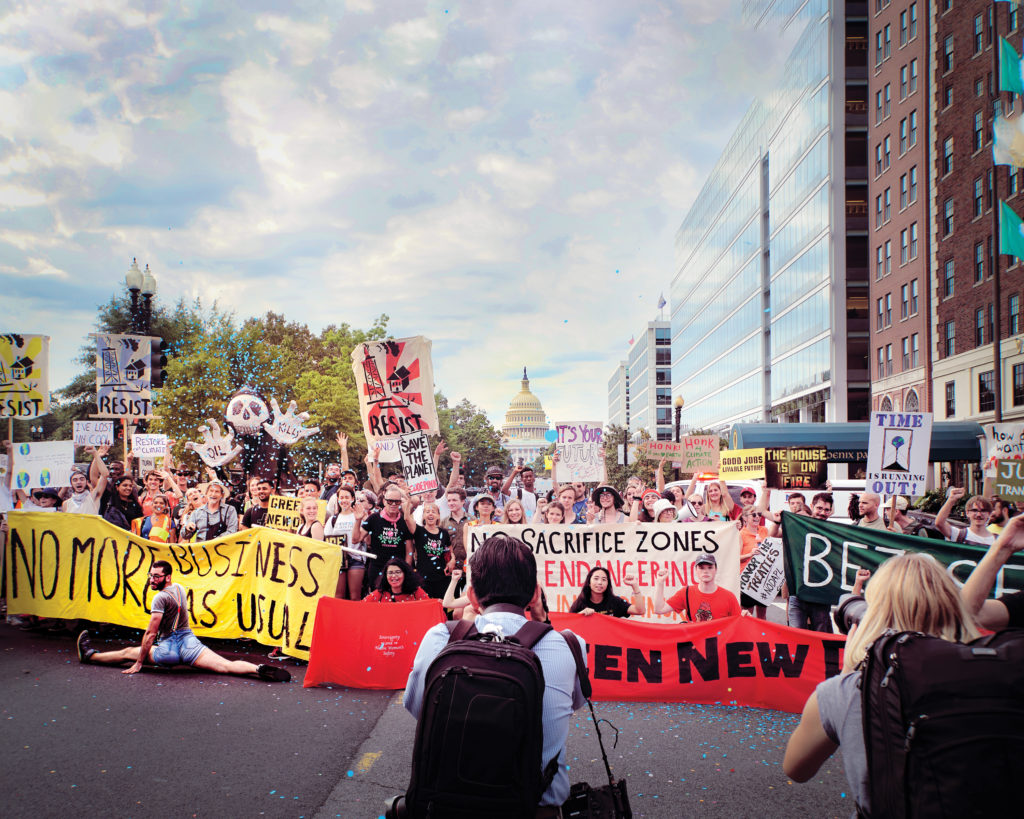
Source: Ted Eytan/ commons.wikimedia.
In 2019, Pope Francis endorsed the 1.5ºC increase above pre-industrial levels recommended by COP21 in Paris. That same year he declared a ‘climate emergency,’ because he believed that “future generations stand to inherit a greatly spoiled world. Our children and grandchildren should not have to pay the cost of our generation’s irresponsibility”, as Fiona Harvey and Jillian Ambrose recalled.
In September 2021, a report from the United Nations warned us that fossil fuel emissions have reached their pre-pandemic levels. Among the findings are that the power and industry were almost at the same level as in January 2019. UN Secretary General, Antonio Guterres affirmed: “This is an alarming appraisal of just how far off course we are”, as Paul Hosford and Emily Beament stated.
The tragedy is that we have so little time to change our ways and failure to do so will be a disaster for humanity and planet earth for ages to come. Future generations will not forgive us.
